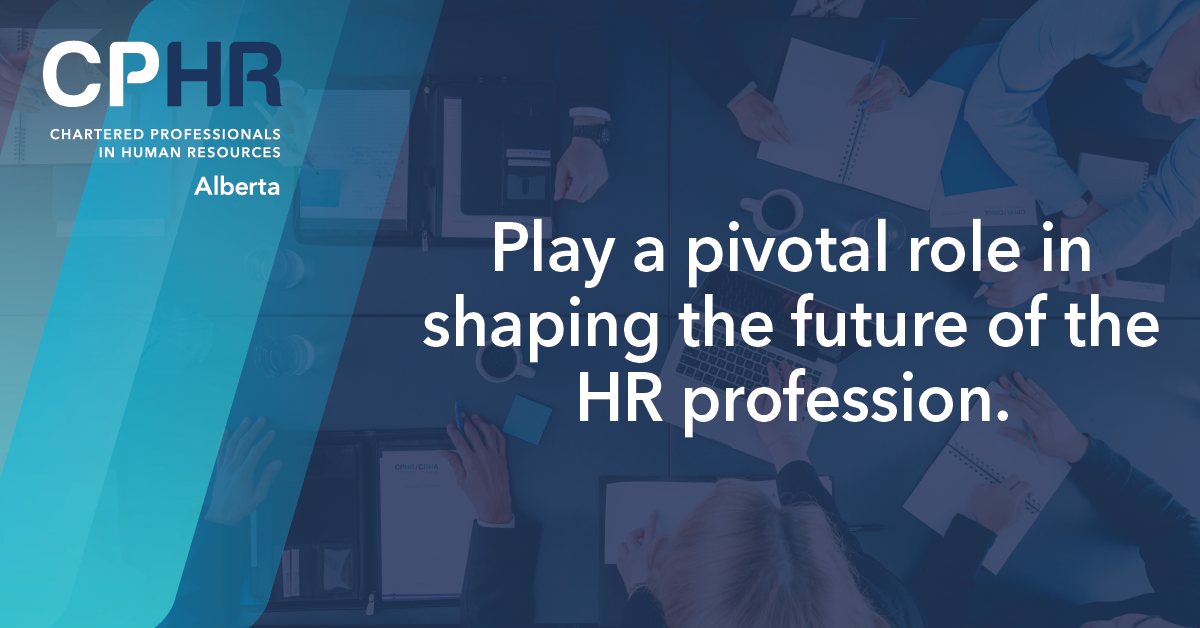
Neurodiversity Inclusion: Autism at Work

Author: Wilma Li
Did you know that 1 ”autism spectrum disorder (ASD) is a commonly diagnosed neurodevelopmental disorder in Canada, with a national prevalence estimate of 1 per 66 children diagnosed”? 2 ”Researchers estimate that between 70 and 90 percent of autistic people are unemployed or underemployed in Canada”. With the Great Resignation and prevalent remote work increasing globalization, 3 “Canadian employers are being challenged when it comes to filling vacant roles”. 3 ”Many companies are overlooking a group that could help: those living with autism.”
But first, what is autism?
Autism is a 4 “developmental disability that can cause significant social, communication, and behavioural challenges”. 4 “It is found in every country, every ethnic group, and every socioeconomic class”. 4 “No two people with autism are the same. The learning, thinking, and problem-solving abilities of people with characteristics of this diagnosis can range from severely challenged to exceptionally gifted. Some of these characteristics can contribute to outstanding ability to focus and perceive pattern”. Because of this, more employers are actively recruiting such individuals.
Then, what is neurodiversity?
Neurodiversity is a 4 “concept where neurological differences are to be recognized and respected as any other human variation”. The recognized neurological differences include dyspraxia, dyslexia, attention deficit hyperactivity disorder (ADHD), dyscalculia, autism spectrum disorders and Tourette syndrome. Neurodiversity is also a 4 “social movement that seeks to celebrate autistic forms of communication and self-expression”.
Now that we have defined the terms, how can we, as human resources professionals, create win-win situations to fill the talent gap while positively impacting the unemployed or underemployed autistic people in Canada?
4 Four areas to consider:
- Key Elements and Models for Recruitment, Hiring and Training.
- Supervisor Role, Preparation and Support.
- Career Development, Progression and Retention Considerations.
- Organizational Considerations.
Key Elements and Models for Recruitment, Hiring and Training
- Investigate elements of company culture and infrastructure that can facilitate the success of an Autism at Work program, including the importance of having sponsorship from top leadership, internal champions, and the full range of stakeholders.
- Identify company talent needs that can align with your neurodiversity hiring initiatives.
- Explore how community and national resources, including local employment service providers, higher education allies, and high school outreach initiatives, could help you develop a pipeline of neurodiverse talent.
- Develop or modify screening, interviewing, onboarding, and other hiring processes, to ensure accessibility and accommodation for a neurodiverse candidate pool.
Supervisor Role, Preparation and Support
- Understand the significant role that managers play in the successful implementation of Autism at Work programs, as well as the critical role they play in disclosure and other factors in successful employee integration.
- Design a comprehensive preparation, training, and engagement strategy for supervisors who are a part of your Autism at Work program.
- Learn from other employers who have successfully implemented Autism at Work program (i.e., SAP) to study the elements of a comprehensive training program and informational sessions for managers, from initiative overviews to information about available resources.
- Explore the components of an effective ongoing support system for supervisors in sustaining the neurodiversity hiring initiative, as the program, its participants, and its supervising managers all evolve in their goals and needs.
Career Development, Progression and Retention Considerations
- Look into areas of the career development and retention process that might require attention in order to sustain the effectiveness and ultimate success of your Autism at Work program over the long term.
- Investigate deeply into those behavioral characteristics of some Autistic persons that might impact career progression, development, retention, and performance management.
- Explore a range of internal organizational resources and structures that could facilitate improved outcomes in these processes and that could provide support to the Autistic individual.
- Gain awareness of those external community resources that might provide services and support to further maximize both retention and individual performance effectiveness over time.
Organizational Considerations to Improve Outcomes of an Autism at Work Program
- Consider messaging and workplace culture, to enriching existing resources and targeted support services.
- Look for other potential external resources that could serve the same purpose, including public relations, interface with families, extended community resources for emerging support areas, and more.
- Consider long-term sustainability and scalability issues, such as funding mechanisms, impact measurement, and considerations involved in both domestic and global expansion of an Autism at Work program.
For more ideas or information on neurodiversity or autism at work inclusion, please contact us at: www.bkicorp.com. At Business Knowledge Integration, we coach you and your organization on your intercultural, equity, diversity, and inclusion (EDI) needs to achieve sustainable results.
References
1 https://www.ncbi.nlm.nih.gov/pmc/articles/PMC6909034/
2 https://www.surreyplace.ca/overcoming-barriers-to-employment-improving-representation-of-autistic-people-in-the-workforce/#:~:text=Researchers%20estimate%20that%20between%2070,doesn 't%20accommodate%20neurodivergent%20people
3 https://globalnews.ca/news/8723098/canadians-autism-overlooked-employment-opportunities-report/
4 Bruyere, Susanne M., Autism at Work (2021 virtual online course), Diversity and Inclusion Certificate for HR program, Yang-Tan Institute on Employment and Disability, Cornell University
The views and opinions expressed in this blog post belong solely to the original author(s) and do not necessarily represent the views and opinions of CPHR Alberta.
The views and opinions expressed in this blog post belong solely to the original author(s) and do not necessarily represent the views and opinions of CPHR Alberta.





